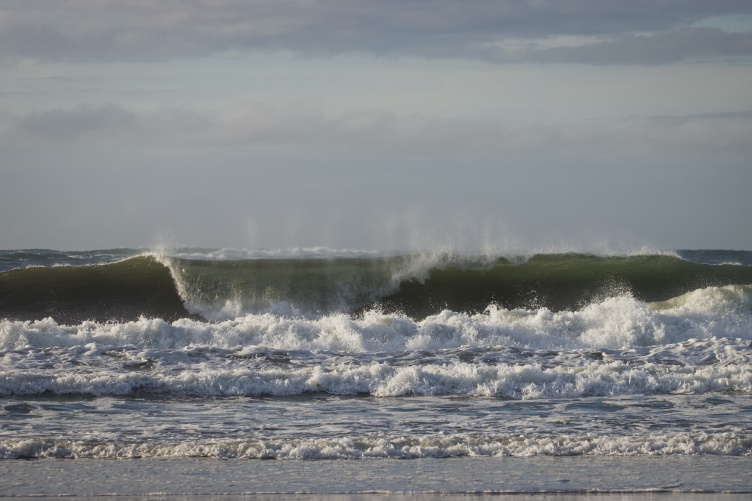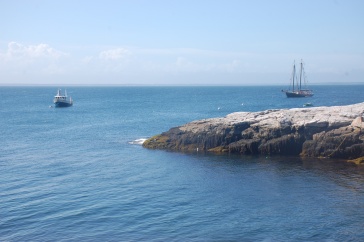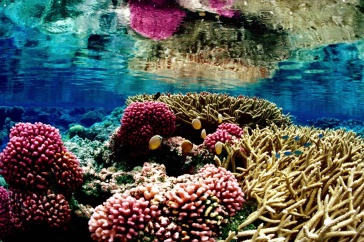
Photo by Brian Yurasits.
Buried deep in the sediments of the world’s coastal shelves, the toxic metal mercury has, to some degree, been locked away from entering the marine food chain.
Now, a study co-authored by a UNH researcher indicates that more frequent coastal storms and an uptick in dredging and bottom-trawling fishing in the coastal shelves are resuspending the mercury that has long been trapped in those sediments, bringing it back up into the marine water column. This is a major shift, scientists say, where coastal shelves might no longer serve as mercury “sinks” – a place where more of it is stored than released — and are now becoming a major source of the legacy mercury that was originally released into the environment decades or even a century ago.

The research, published in the journal Nature Sustainability, describes the world’s coastal shelves as the largest marine mercury sink, but one that is threatened as coastal storms increase in frequency and intensity, and as the global demand for seafood continues unabated. The study indicates that half of the world’s coastal sediment disturbance from bottom trawling and dredging happens in East and Southeast Asia and the Mediterranean — regions that make up just 14 percent of the world’s coastal area. Overall, the highest levels of sediment erosion occur in the Mediterranean, the Iberian upwelling zone (off the coast of Spain), and the China Sea — mostly due to heavy fishing practices.
“Coastal sediments play a key role in trapping mercury, helping to limit its spread through the food chain,” explains Tom Bianchi, a UNH affiliate research professor in the Ocean Process Analysis Laboratory and co-author on this research. “Our analysis shows that human activity has significantly increased coastal mercury pollution, altered its distribution, and raised its concentrations over time. This underscores a global impact that is still not fully recognized.”
Mercury is naturally found in the Earth’s crust. It’s released into our environment by the weathering of rocks, volcanic activity, and by human activity — mostly by burning coal, mining for gold, mercury, and other metals, and through industrial processes. Once it’s released, either into the air or nearby rivers, it makes its way to the coasts and settles into the marine sediments.
"It's crucial to protect these coastal shelf areas; doing so supports global goals to safeguard ocean health and reduce mercury-related risks."
Mercury is a neurotoxin, meaning it has wide-ranging impacts on the human nervous system. When mercury is transformed into methylmercury — a natural process caused by bacteria — it is more easily taken up in the flesh of fish and shellfish. Humans come into contact with methylmercury by eating contaminated seafood, and children are especially susceptible to its effects.
Bianchi partnered with researchers from all over the globe to analyze the data using the best computer modeling and most expansive datasets that scientists currently have on mercury and organic carbon transport, sediment mixing, and fishing activity.
Although this research did not specifically focus on the Gulf of Maine, Bianchi says there is a significant amount of mercury stored in its seabed sediments, particularly in coastal areas near historical and industrial sources like Boston Harbor, Penobscot Bay, and Casco Bay. It is unclear from this research how much is being stirred back up by coastal storms, trawling and dredging activity, he says.
“It’s crucial to protect these coastal shelf areas; doing so supports global goals to safeguard ocean health and reduce mercury-related health risks,” Bianchi adds. “This research shows how a multidisciplinary approach and continued scientific funding are needed to address these global problems.”
The research was funded in part by the National Natural Science Foundation of China.
-
Written By:
Rebecca Irelan | Institute for the Study of Earth, Oceans, and Space | rebecca.irelan@unh.edu | 603-862-0990

















































